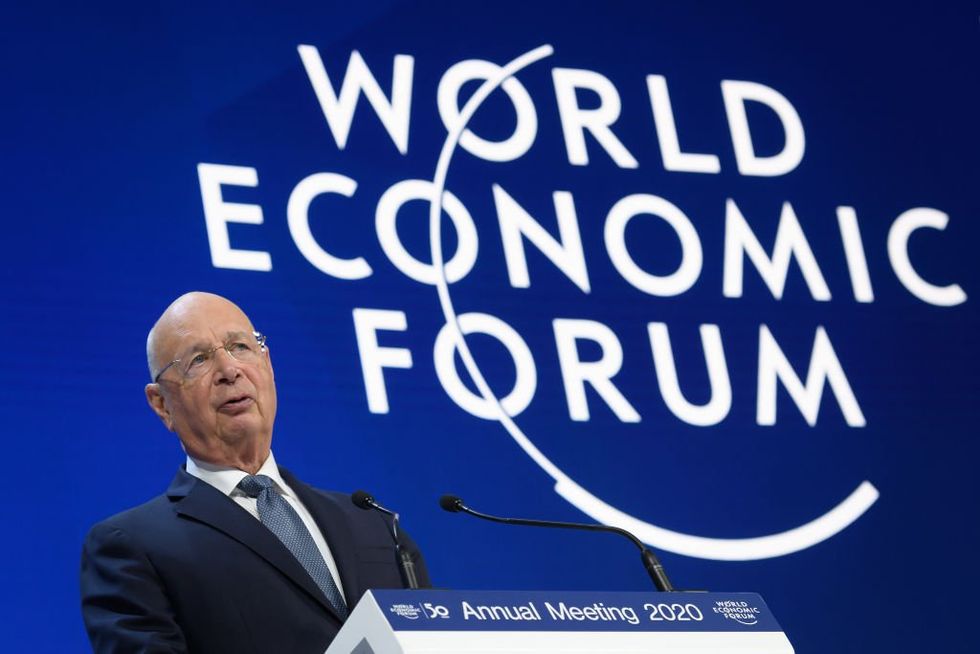
www.iflscience.com
Water Is Leaking Into The Earth’s Core‚ A 3D-Printed Robot Hand Has Ligaments And "Bones"‚ And Much More This Week
This week Jupiter’s Great Red Spot has shrunk to the smallest we’ve ever seen it‚ a 71-million-year-old snoozing dinosaur suggests they slept like birds‚ and one of nature's “most intimidating spectacles” may become a lot more common. Finally‚ we investigate how the natural world made ancient warfare pretty weird.Subscribe to the IFLScience newsletter for all the biggest science news delivered straight to your inbox every Wednesday and Saturday. Earth’s Surface Is Leaking Water Down To Its CoreWithin the Earth‚ there is a thin layer just around the molten metal of the outer core. Its origin has been uncertain for decades‚ but researchers now believe that the cause of it is to be found right here: It’s the water on the surface that caused that differentiation to take place in the first place. This is difficult to explain by assuming the concentration of a single element dropping there‚ but it could be explained if a widespread chemical reaction is taking place. Read the full story hereThis 3D-Printed Robot Has Tendons‚ Ligaments‚ And "Bones" – Just Like A Human HandThe latest advances in 3D printing have been put to good use by scientists at ETH Zürich‚ who have now unveiled an incredibly human-like robotic hand. What makes this hand unique is that it’s made up of bones‚ ligaments‚ and tendons – all the building blocks of a human skeleton – created from different flexible polymers‚ opening up a whole world of potential applications for this technology. Read the full story hereJupiter's Great Red Spot Is The Smallest We've Ever Seen ItJupiter’s Great Red Spot‚ the Solar System’s most infamous storm‚ is the smallest it has been in observational history. The reasons behind its shrinking fortunes are not fully understood‚ but it's been suggested this gargantuan pool of storm clouds isn't going anywhere soon. Read the full story hereNew Dinosaur Species Snoozing For 71 Million Years Suggests They Slept Like BirdsAround 71 million years ago‚ a small theropod dinosaur curled up to snooze one final time before becoming a part of the fossil record. Retrieved from the Barun Goyot Formation in what we now call Mongolia’s Gobi Desert‚ it’s become a central part of new research that states its curled-up position suggests they slept like modern birds. Read the full story here"One Of Nature's Most Intimidating Spectacles" Is Set To Become A Lot More CommonSand and dust storms – described by UN officials as “one of nature's most intimidating spectacles” – have become dramatically more common in many world regions. While these colossal forces of nature are a seasonal natural phenomenon‚ up to 25 percent of them can now be attributed to human-driven factors‚ such as poor land management and climate change. Read the full story hereTWIS is published weekly on our Linkedin page‚ join us there for even more content.Feature of the week: Scorpion Bombs‚ Infectious Donkeys‚ And Pigs Vs Elephants: 5 Ways Ancient Warfare Got WeirdThroughout history‚ humans have been coming up with creative ways to maim and kill one another‚ and many leaned on the devastating power of the natural world. From Black Death Bombs to war elephants‚ let’s take a look at five of the worst – or best‚ depending on your outlook – weapons born from ancient warfare. Read the full story here More content:Check out season 3 of IFLScience's The Big Questions Podcast‚ so far we've asked:• Is Jurassic Park Possible?• How Is Climate Change Affecting Polar Bear Populations?• Why Is Space Junk Such A Big Deal?• Can We Save A Species On The Very Brink Of Extinction?• How Does A Quantum Computer Work And How Will They Change The World?• What Is Space Weather And How Does It Affect Us?• What Can Ancient Ice Tell Us About The Future?• Are E-Fuels The Future Of Aviation?• How Are Glaciers Changing In A Warming World?• Are We Ready For The Next Massive Solar Flare?PLUS‚ have you seen our free e-magazine‚ CURIOUS? Issue 16 November 2023 is out now. Check it out for exclusive interviews‚ book excerpts‚ long reads‚ and more.

















